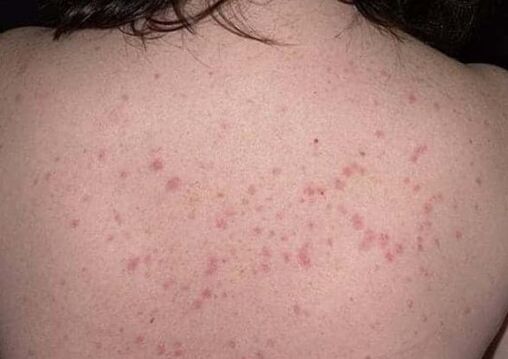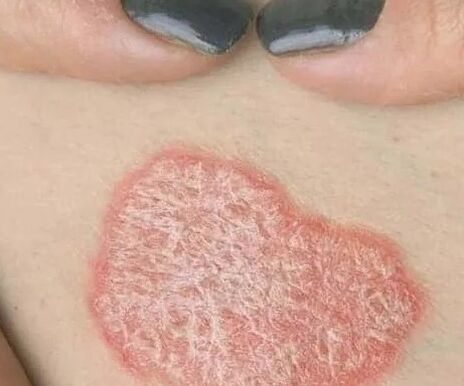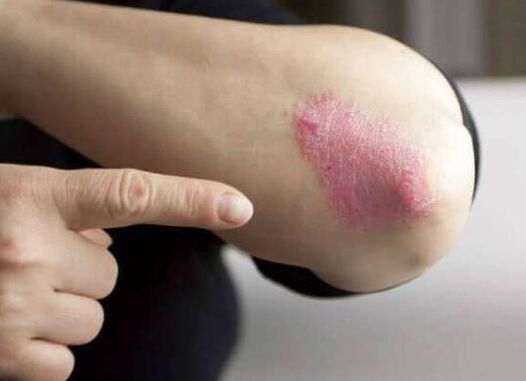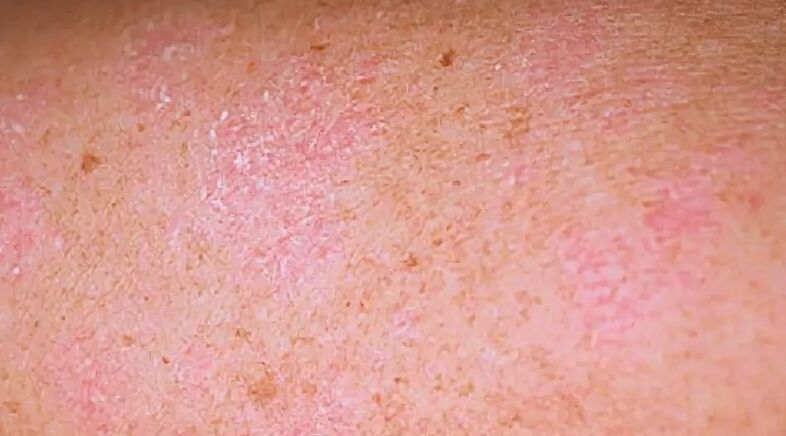Psoriasis, the disease that rises, leads its shocked owner, because since ancient times it has been considered a leprosy.It is immediately almost invisible, it manifests itself in the form of red plates with a raid, but with the development of the disease, the spots formed gradually merge into a large one, and then new lesions appear, in other areas of the skin, ugly the human body and sometimes leading it to madness.Psoriasis, like other diseases, has its phases and the measures are taken first to combat the disease, the greater the opportunity to protect the body from total damage.

What do numbers talk about?
Among all skin diseases, psoriasis occupies almost a quarter.According to statistics, about 3% of people from all over the world are affected by this pathology, residents of the North countries are more likely to suffer, as well as with a moderate climatic belt, but the tropical population, on the contrary, is subject to much less pathology.It is impossible to say at what age there is no psoriasis, it can develop in any period of life.According to monitoring the established diagnoses, the disease affects young people more often, on average at the age of 16-20, this is the moment when significant hormonal changes are able to influence malfunctions in the body.The second increase in the disease is observed in people with mature age from 40 to 60 years.
American scientists have revealed that about 65% of patients have a slight form of illness, in which the skin lesion is no longer three percent and, consequently, does not affect the quality of life of the patient.In 25% of patients, this figure is about ten percent and only 8% of the variations of people on the body exceeds a tenth and can reach the total.Another consolidated fact suggests that more than half of patients have problems with the exchange of carbohydrates.
Psoriasis phase
The pathology has a chronic form and, in the influence of some factors, exacerbations occur.Unfortunately, a complete treatment of the disease is extremely rare, but it is completely possible to obtain remission (hidden stage), which does not bring uncomfortable to the patient.
The initial phase
In this phase, the disease is just starting to manifest itself, skin eruptions are formed on the skin, usually no longer a stiletto head, which increase with progression.More often, the first papules appear on the curves of the arms and legs, as well as on the site of scars previously formed.It is characteristic of the first plates that have appeared in the places indicated for a long absence of progress towards their increase, such papules are called patrols, they are arranged in parallel.Papules have a pink shade, a few days after their appearance, are covered by a gray event, this action indicates the beginning of the death of the epithelium and the coating of a new one.When the skin is not interested, this process lasts about three weeks, but in people with psoriasis it does not last more than 5-6 days, due to which epithelium does not have time to renew and manifest itself in the form of squamous plates.
Treatment of the initial phase

The main methods of therapy at this stage of the disease are in local pharmacological treatment.They contribute to the removal of uncomfortable sensations, which are mainly in the itching and also accelerate the healing process by reducing the inflammatory process.Lealtelical drugs for external use are mainly prescribed, they contribute to the dissolution of the affected epithelium.Also take vitamins of group A and D3 and use hormonal ointments.
Progressive phase
The next step in the development of the pathology is the progressive phase.The papula is becoming more and more, they are united together in larger plates, they can be of various shapes and sizes.The surface is more abundantly covered with gray stairs, their main location in the center of the plaque, its suburbs remains not shaky, lucid, pink.The main symptom of progress is considered the phenomenon of Kebner, whose essence in isomorphic reactions, if the skin was subject to any irritating or injury, for example, a scratch in this place, after about a week, new papules are formed.This period is approximate, since the cases of their appearance have been diagnosed and after three days and sometimes after twenty days.The duration of the progressive phase of psoriasis is so individual that it is quite difficult to also call its approximate period.Its average interval has been going for two weeks to several months.The name of the stadium speaks alone, is characterized by an increase in itching and significant progress in the abundance of new plates, in fact, is a peak of exacerbation.Treatment in this period should be only complex and as coordinated as possible, it should be present:
- drugs;
- physiotherapy actions;
- Compliance strictly with the diet.
Depending on the complexity of the process and the area of skin lesions, a number of drugs and procedures are prescribed, we give a general list of necessary therapy, but it is important to understand that in different situations a dermatologist makes a decision in favor of a particular method.
Drugs:
- antihistamine;
- Pyrogenic;
- sedative;
- anti -inflammatory drugs;
- diuretics;
- keratolithic ointments;
- immunomodulators;
- corticosteroids;
- cytostatic.

The last two groups of drugs are prescribed only with particularly complex processes.
The physiotherapy procedures include:
- Puva therapy;
- ultraviolet irradiation;
- Paraffin applications.
Effective methods, in particular with the erythroder and exudative psoriasis, are considered emosorment and plasmaferesis.It also has a beneficial effect both on the physiological status and on the psycho-emotional background of the treatment with sanatorium-resort, in particular with sources of sulphide and radon.
Stationary stadium
This period of the disease can continue an indefinite period, replaces the progressive phase, but after some time it can return to it or go to the last, in the face of remission, in the regression phase.This phase is characterized by the cessation of the growth and the formation of new plates, their surface is covered with a layer completely, up to the outskirts, without leaving a pink edge along the edge of the pope.The discomfort in the form of itching or pain disappears.As a rule, the treatment complex continues with a slight adjustment from the progressive phase.
Important!Do not mediate, how quickly you will turn to a specialist for professional and competent help, the success of the treatment can depend.
Regression stadium
The exacerbation process is completed by the regression phase, it is characterized by a gradual reabsorption of plates.Their color is made of bright pink, and sometimes red, acquires a light pink color, it is gradually compared with the total color of the skin or completely discolored.Passing peeling and after a few months following a complete and intensive treatment, remission occur.Papules disappear completely, with the exception of the particularly preferred positions of their location, in which the rashes are found so called on the elbows and knees.The remission period is also individual, in a hidden form of psoriasis, it can be for several months in decades.More often with exacerbations, patients face in winter, with the exception of different forms of psoriasis.

This separation in the phase is considered rather conditional and at the first visit to the dermatologist, the doctor cannot always determine the stadium in which the patient's disease is located, this requires a certain monitoring of him.But with repeated exacerbations, when the disease has years in the patient, he himself begins to be approximately navigated in the stage of the pathology.
Unfortunately, world statistics indicate the growing prevalence of psoriasis.This phenomenon is explained by changes in ecology not for the better, the rapid rhythm of life and the related stressful conditions.But despite the prevalence of the pathology and the impossibility of a complete cure, with adequately organized priorities and systematic preventive actions, psoriasis, can be in a hidden phase for a long time without preventing a person from living a full life.Be healthy!
























